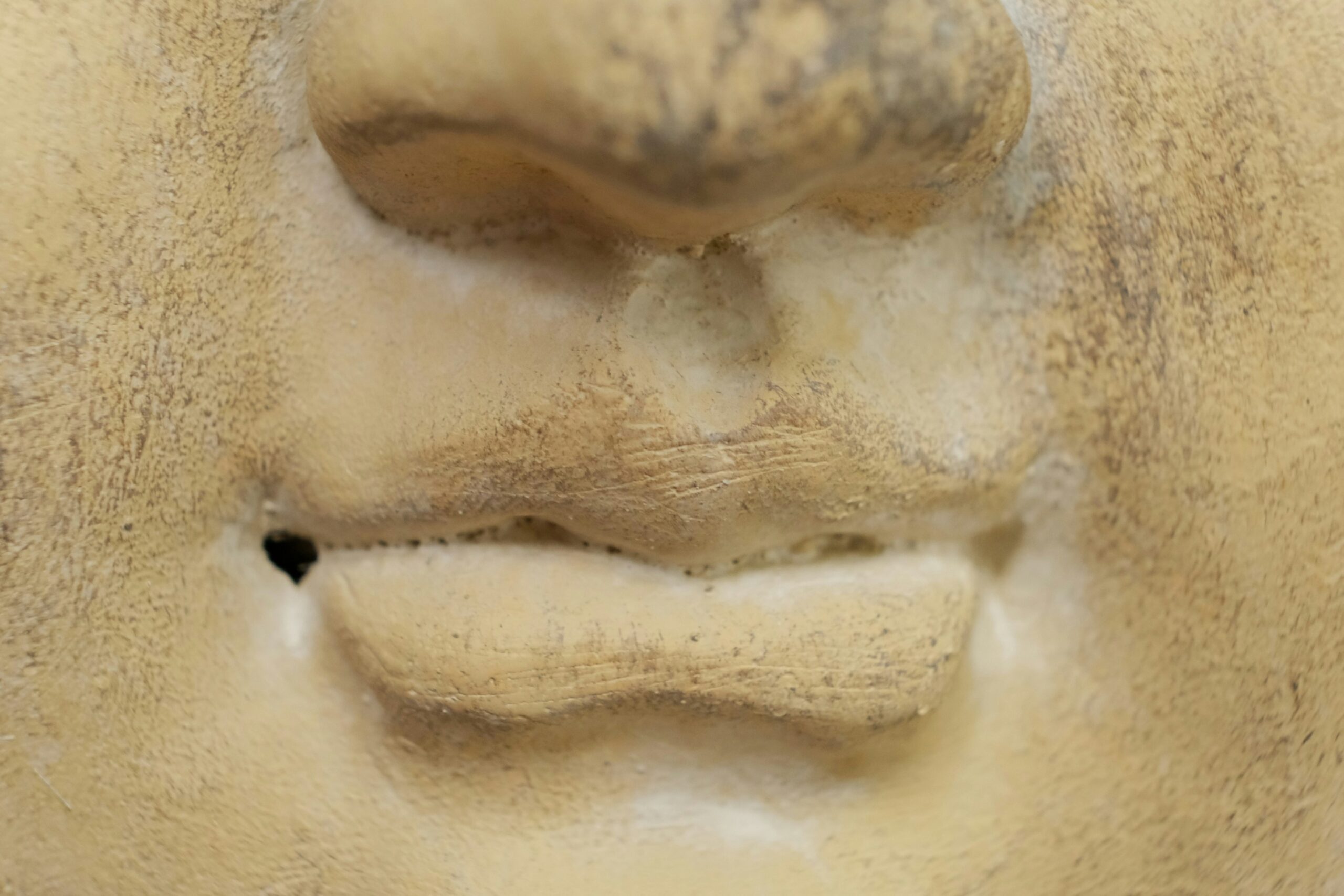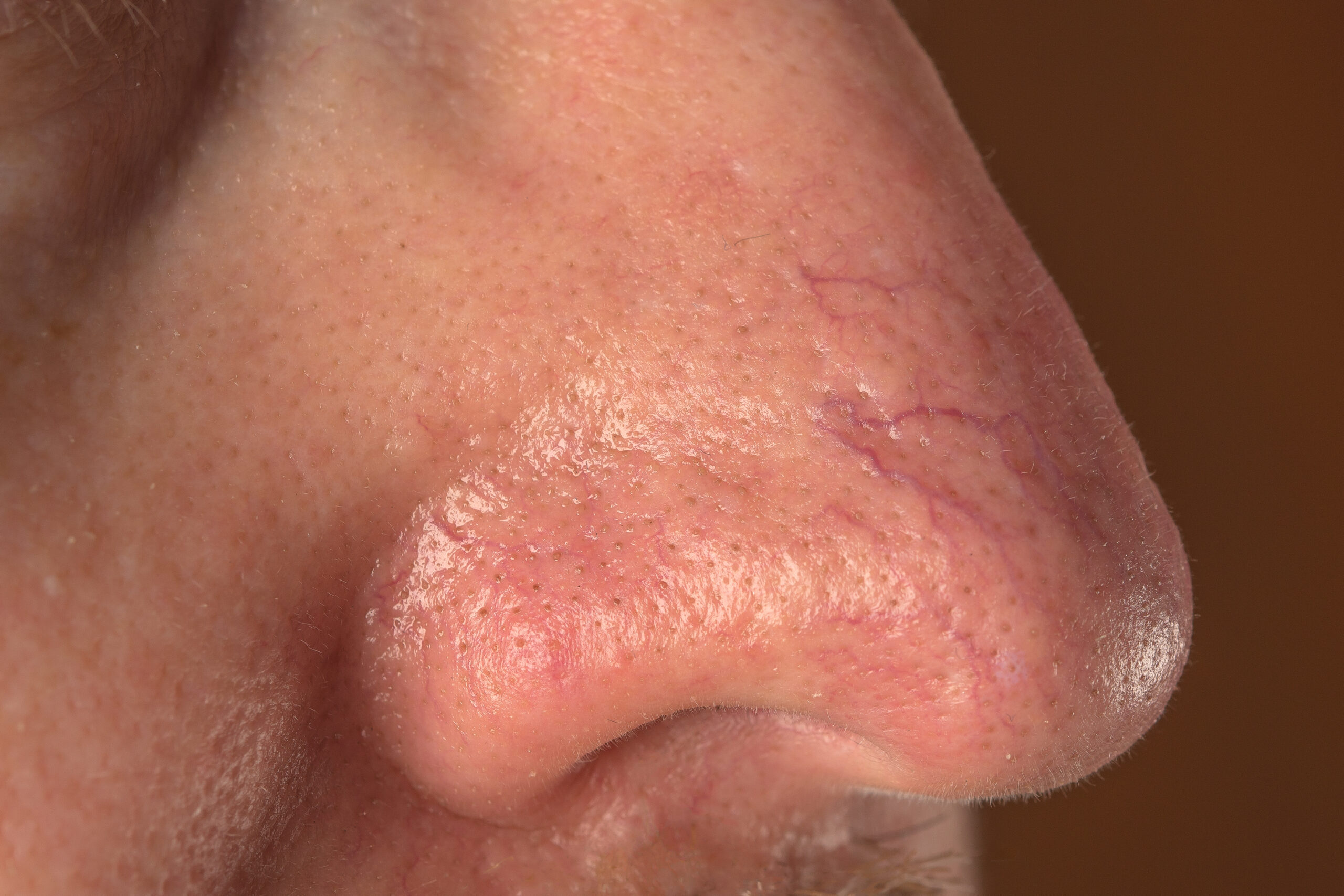Histamine is a naturally occurring vasoactive chemical within the body, known for its significant effects on small blood vessels. Upon release, histamine causes capillary dilation, resulting in redness, and promotes the leakage of protein-rich fluid into surrounding tissues, leading to swelling. It also stimulates nearby nerves, producing the hallmark symptom of itching. Stored within mast cells alongside other vasoactive compounds, histamine plays a critical role in several skin conditions, including insect bites, urticaria (hives), angioedema, anaphylaxis, dermographism, and reactions such as scombroid fish poisoning and urticaria pigmentosa.
Antihistamines are medications designed to counteract the effects of histamine. In dermatology, they are primarily used to alleviate symptoms related to type 1 allergic reactions and conditions mediated by histamine, such as urticaria. However, while antihistamines can reduce itching and swelling, they do not completely eliminate symptoms since other chemical mediators often contribute to these reactions. Antihistamines are classified into two main categories based on the histamine receptor they block: H1 and H2 antagonists. In the context of skin disorders, H1 antihistamines are most commonly employed.
These medications are available in various forms, including oral tablets, injections, elixirs, and topical creams. In severe allergic reactions, an antihistamine injection might be administered, although adrenaline remains the first-line treatment due to its life-saving potential. Topical antihistamines, commonly used for insect bites, often have limited effectiveness because the active ingredient struggles to penetrate the skin deeply. Interestingly, older-generation antihistamines, due to their sedative effects, are sometimes prescribed for patients suffering from itchy conditions like eczema, as they help induce sleep. While not considered addictive, these sedating antihistamines can cause respiratory depression, cognitive impairment, and excessive drowsiness.
Beyond treating allergic skin reactions, antihistamines serve several other purposes. They are used for preoperative sedation, alleviating nasal congestion during hay fever or colds, suppressing coughs, preventing motion sickness, and stimulating appetite in individuals who are unwell.
Conventional, or sedating, H1 antihistamines include a variety of chemical groups. Short-acting alkylamines like pheniramine and chlorphenamine are often used for allergic conjunctivitis and respiratory tract infections. Longer-acting phenothiazines such as promethazine are noted for their anti-nausea properties but are quite sedating. Ethanolamines like diphenhydramine and doxylamine are commonly used as sleep aids. Propylamine derivatives and piperazines, like triprolidine and cyclizine, are favored for their role in managing travel sickness. Other antihistamines, such as hydroxyzine and cyproheptadine, have broader applications, including the treatment of migraines and appetite stimulation.
Caution is necessary when using sedating antihistamines in children and the elderly. In many countries, guidelines advise against their use in very young children due to risks such as respiratory depression. Side effects across all ages include anticholinergic effects like dry mouth, blurred vision, difficulty urinating, and, paradoxically, occasional agitation or wakefulness. Cardiovascular concerns, cognitive impairment, and an increased risk of dementia have also been associated with these medications. Combining sedating antihistamines with alcohol or other sedatives can enhance drowsiness to dangerous levels, particularly when driving or operating machinery.
People with liver disease must use antihistamines cautiously, typically at reduced dosages, as impaired liver function can lead to higher circulating drug levels. While generally best avoided during pregnancy, antihistamines may be prescribed when necessary, especially for severe urticaria, as there is no conclusive evidence linking them to fetal harm. During breastfeeding, however, they might reduce milk production and cause drowsiness in the infant.
Topical antihistamines, such as mepyramine cream, can occasionally cause allergic contact dermatitis and should be applied cautiously, avoiding large areas or broken skin.
Modern non-sedating antihistamines, such as cetirizine, loratadine, and fexofenadine, have greatly improved tolerability, reducing the risk of drowsiness and cognitive effects. Nevertheless, individuals with renal impairment or older adults may still require dosage adjustments. Although some non-sedating antihistamines like terfenadine and astemizole have been withdrawn due to serious cardiac risks when combined with other drugs like erythromycin or ketoconazole, newer agents offer a safer profile.
H2 receptor antagonists, originally developed to reduce gastric acid production in peptic ulcer disease, have occasionally been used to support urticaria management, though this practice is less common today. Drugs in this class, such as cimetidine and ranitidine, generally have few side effects, though rare complications include gastrointestinal upset, hair thinning, and hormonal changes like gynecomastia.
In conclusion, antihistamines remain a cornerstone of therapy for a wide range of allergic and histamine-mediated conditions. Their development from sedating first-generation agents to the more targeted and better-tolerated second-generation options has significantly expanded their clinical utility, ensuring that patients can achieve symptom relief with minimal disruption to daily life.



